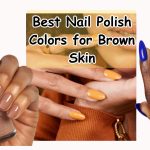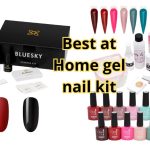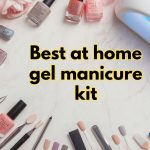As an Amazon Associate I earn from qualifying purchases.
Nail fungus is more than just an aesthetic concern—it can be uncomfortable, stubborn, and sometimes even painful. If you’ve been exploring treatments, you might have heard about UV light therapy. But the question remains: can UV light actually kill nail fungus? Let’s break it down in a detailed, human-friendly guide.
Understanding Nail Fungus
What is Nail Fungus?
Nail fungus, medically known as onychomycosis, is a fungal infection affecting the toenails or fingernails. The fungus thrives in warm, moist environments, feeding on keratin—the protein that makes up your nails. Once established, it can be tough to remove and may cause discoloration, thickening, or even nail deformation.
Common Causes of Nail Fungus
- Moist environments: Sweaty shoes or prolonged exposure to water.
- Injuries: Cuts or trauma to the nail can open the door to infections.
- Weakened immunity: People with diabetes or immune disorders are more susceptible.
- Sharing personal items: Nail clippers, shoes, or towels can spread fungi.
Symptoms to Look For
- Yellow or brown nails
- Thickened or brittle nails
- Distorted nail shape
- Foul odor in severe cases
Understanding these symptoms is crucial because early detection can improve treatment outcomes.
Traditional Treatments for Nail Fungus
Before jumping to UV light, it helps to know how nail fungus is usually treated.
Over-the-Counter Antifungal Solutions
Topical creams and nail lacquers often contain clotrimazole or terbinafine. They are easy to use but usually take several months to show results, especially for toenails.
Prescription Medications
Oral medications like terbinafine and itraconazole are more effective but may carry risks like liver toxicity or drug interactions. Doctors often weigh the benefits against potential side effects.
Home Remedies That Work
Some natural treatments can support healing:
- Tea tree oil (antifungal properties)
- Vinegar soaks (acidic environment slows fungal growth)
- Keeping nails dry and clean
While these remedies are gentle, they may not fully eradicate severe infections.
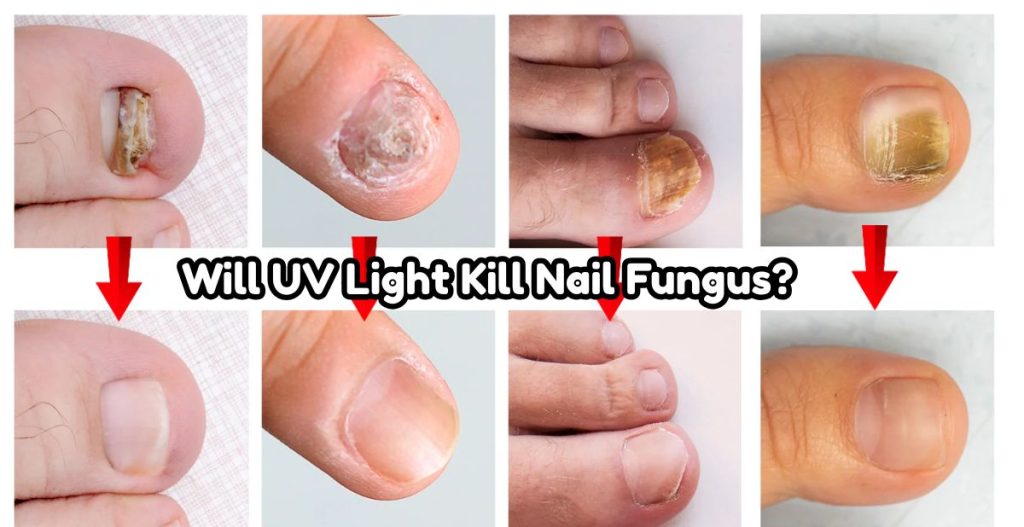
UV Light Therapy for Nail Fungus
How UV Light Works
UV light, particularly UV-C, has antimicrobial properties. It damages the DNA of fungal cells, inhibiting growth and reproduction. Think of it as a microscopic sunburn for the fungus.
Types of UV Light Used in Therapy
- UV-A: Mainly for cosmetic nail curing; limited antifungal effect
- UV-B: Used in dermatology for skin conditions; some antifungal potential
- UV-C: Most effective against microbes, including fungi
Devices marketed for nail fungus often use nail-specific UV lamps, but intensity and wavelength vary widely.
Mechanism Against Fungal Cells
UV light causes thymine dimers in fungal DNA, essentially scrambling its genetic code. This prevents the fungus from multiplying, giving your nails a chance to grow healthy again.
Scientific Evidence: Does UV Light Really Work?
Research Studies and Findings
Some studies suggest that UV-C exposure can inhibit fungal growth, but results are inconsistent. Most research is small-scale or conducted in labs, not large clinical trials.
Success Rates and Limitations
- Works best on superficial infections
- Less effective for deep nail bed infections
- Often requires multiple sessions over months
Expert Opinions
Dermatologists often caution that UV therapy should complement, not replace, conventional treatments. It may help, but it’s rarely a standalone solution.
Benefits of UV Light Treatment
Non-Invasive Approach
No pills or creams mean minimal systemic side effects.
Quick Sessions and Convenience
Sessions can be as short as 10–15 minutes per nail. Some devices even allow home use, though professional guidance is recommended.
Fewer Side Effects Compared to Medication
Unlike oral antifungals, UV light typically doesn’t stress the liver or interact with other drugs.
Risks and Side Effects of UV Light
Skin Damage and Burns
Overexposure can cause redness, irritation, or burns around the nail area.
Eye Safety Concerns
UV-C light can damage the cornea, so protective eyewear is essential during treatment.
Long-Term Exposure Risks
Repeated UV exposure may increase the risk of skin cancer over time, though doses used for nail treatment are relatively low.
Comparing UV Light to Other Treatments
UV Light vs. Oral Medications
- UV: localized, fewer systemic effects, multiple sessions
- Oral meds: systemic, higher success rate, risk of side effects
UV Light vs. Topical Treatments
- UV: faster microbial impact
- Topical: prolonged application, variable absorption through thick nails
Cost and Accessibility
UV devices can be expensive initially, but home units are becoming more affordable. Prescription drugs are covered by insurance in some cases.
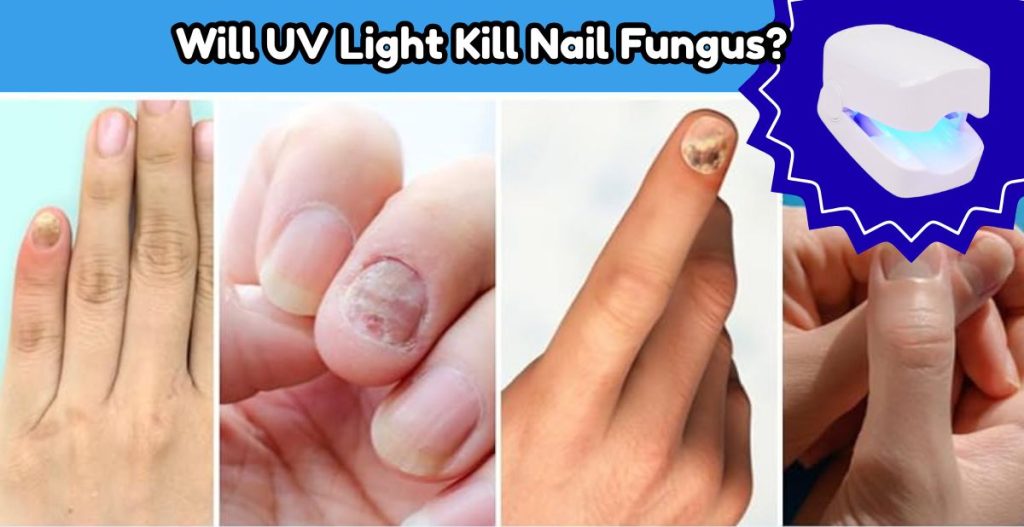
Tips for Effective UV Light Treatment
Frequency and Duration of Sessions
Most protocols suggest 2–3 times per week for several weeks. Patience is key—nail growth is slow.
Complementary Nail Care
- Trim nails regularly
- Keep nails dry
- Avoid sharing nail tools
Maintaining Cleanliness and Hygiene
Fungi thrive in warm, damp environments. Disinfect shoes and socks, and avoid walking barefoot in public areas.
Myths and Misconceptions About UV Light
UV Light as a Guaranteed Cure
It’s not a miracle cure. Severe infections may still require oral or topical antifungals.
Overestimating Home Devices
Many over-the-counter devices are less powerful than professional machines, limiting their effectiveness.
When to See a Doctor
Persistent or Severe Infections
If your nails don’t improve after a few months of treatment, it’s time to consult a dermatologist.
Signs of Complications
- Pain
- Nail separation
- Spreading infection
These indicate that professional intervention is necessary.

FAQs
1. Can UV light completely cure nail fungus?
Not always. It works best for mild cases and is often combined with other treatments for better results.
2. Is UV light safe for home use?
Some devices are designed for home use, but eye protection and following instructions are essential to prevent burns or injury.
3. How long does it take to see results?
Visible improvement can take several weeks to months, depending on the severity and nail growth rate.
4. Can UV light prevent nail fungus from returning?
UV light doesn’t prevent recurrence. Proper hygiene and protective measures are still necessary.
5. Are there alternatives if UV light doesn’t work?
Yes, oral antifungals, prescription topical treatments, and professional nail care remain effective alternatives.
Conclusion
UV light therapy can help inhibit nail fungus, particularly in mild cases, but it’s rarely a one-stop solution. Combining UV treatment with proper nail hygiene, topical antifungals, or oral medication often yields the best results. Patience is crucial—healthy nails take time to grow, and persistent care is the key to finally saying goodbye to stubborn fungal infections.
Amazon and the Amazon logo are trademarks of Amazon.com, Inc, or its affiliates.


